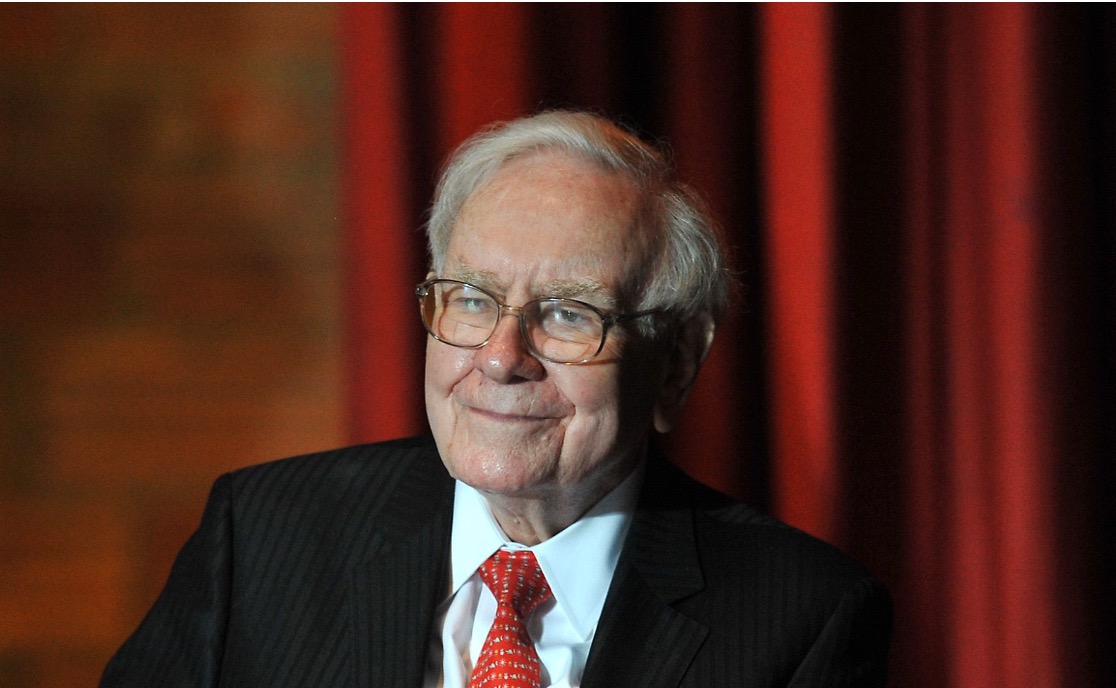Digital marketing services can increase the demand for your business overnight. They’re the reason some companies are constantly now selling out of their good and this too is why this is such big business too. This is the case all around the world in fact. Large customers may only buy from large suppliers. Subcontracting to one of their existing suppliers may be a more realistic opportunity. This is just as much the case when it comes to how marketing works too.
Digital marketing
The term digital marketing refers to the use of digital channels to market products and services in order to reach consumers. This type of marketing involves the use of websites, mobile devices, social media, search engines, and other similar channels. Digital marketing became popular with the advent of the internet in the 1990s. In any city, it is typical for a marketing agency to offer digital marketing as a core service.
Digital marketing involves some of the same principles as traditional marketing and is often considered a new way for companies to approach consumers and understand their behaviour. Companies often combine traditional and digital marketing techniques in their strategies. But it comes with its own set of challenges, including implicit bias.
How it works
Marketing refers to activities that a company uses to promote its products and services and improve its market share. It requires a combination of advertising savvy, sales, and the ability to deliver goods to end-users if it’s going to be successful. Professionals, known as marketers, take on these tasks either internally (for companies) or externally with service firms. Corporations traditionally focused on marketing through print, television, and radio.
How it now seems to work
Although these options still exist, the internet led to a shift in the way companies reach consumers. That’s where digital marketing came into play. This form of marketing involves the use of websites, social media, search engines, and apps – anything that incorporates marketing with customer feedback or a two-way interaction between the company and its customers. Increased technology and newer trends forced companies to change their marketing strategies. Email became a popular marketing tool in the early days of digital services.
Search engines now leading the way
That focus shifted to search engines like Netscape, which allowed businesses to tag and keyword stuff to get themselves noticed. The development of sites like Facebook made it possible for companies to track data to cater to consumer trends. Smartphones and other digital devices now make it easier for companies to market themselves and their products and services to consumers. Studies show that people prefer using their phones to go online. So it should come as no surprise that 70% of individuals make buying decisions (usually on their phones) before they actually hit the purchase button.
Overall
Digital marketing poses special challenges for its purveyors. Digital channels proliferate rapidly, and digital marketers have to keep up with how these channels work. Also, how they’re used by receivers, and how to use these channels to effectively market their products or services. It’s becoming more difficult to capture receivers’ attention because receivers are increasingly inundated with competing ads. Digital marketers also find it challenging to analyse the vast troves of data they capture. There’s then the challenge to then exploit this information in new marketing efforts. The challenge of capturing and using data effectively highlights that digital marketing requires an approach to marketing based on a deep understanding of consumer behaviour. For example, it may require a company to analyse new forms of consumer behaviour, such as using website heat maps to learn more about the customer journey.









